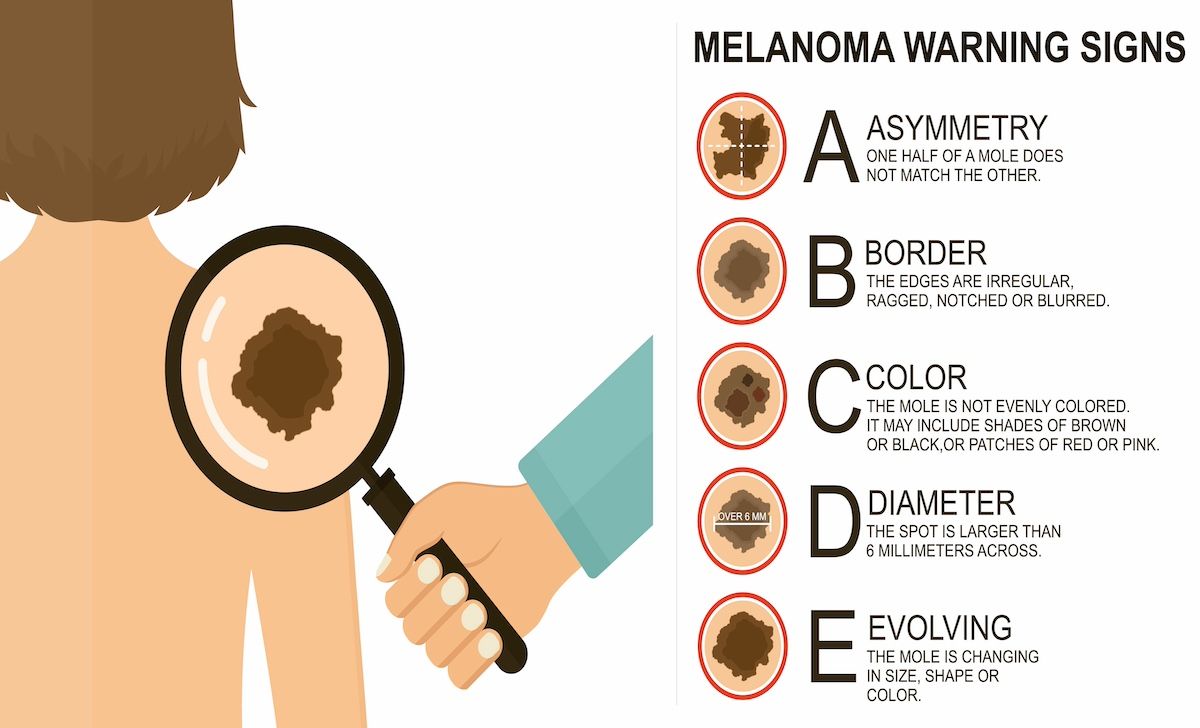- Center on Health Equity & Access
- Clinical
- Health Care Cost
- Health Care Delivery
- Insurance
- Policy
- Technology
- Value-Based Care
Certain Melanoma Subtype May Be More Sensitive to NK, T Cells
Of 7 subtypes identified 10,000 melanoma cells, C4 Melanoma COCO1A was the only to show indications of being more sensitive to natural killer (NK) and T cells.
A certain type of melanoma may be more responsive to natural killer (NK) and T cells, suggest new study findings, offering novel insights into the potential of NK cells for treating metastatic disease.1
Immunotherapies, such as immune checkpoint inhibitors, have unlocked a new era of cancer treatment, significantly improving outcomes for a variety of cancer types, including in melanoma. Some studies have shown that since the use of immunotherapy in advanced and high-risk melanoma, median survival has jumped from about 6 months to nearly 6 years.2 However, some patients still fail to respond to immunotherapy and various approaches continue to be explored to harness the immune system to attack cancer.
In this investigation, the NK cell–mediated immunity-related signal pathways of C4 Melanoma CORO1A were more activated | Image Credit: alena-stock.adobe.com

NK cells continue to be explored as a potential avenue for immune-based treatment, with suggestions that activating these cells against cancer cells can be effective against cancers in addition to T-cell immunotherapy. Within melanoma, research has explored ways to leverage these cells, including through receptor engineering.3
However, within melanoma, the heterogeneity of NK cell–related pathway activity in metastatic disease remains poorly understood.
Using more than human metastatic melanoma cells, researchers performed a single-cell multi-omics analysis. Of 7 subtypes identified 10,000 melanoma cells, C4 Melanoma COCO1A was the only to show indications of being more sensitive to NK and T cells. They published their findings in Frontiers in Immunology.1
“The difference in positive regulation of NK- and T-cell cytotoxicity and related pathways between C4 melanoma CORO1A and other melanoma cell subtypes may provide a new perspective that the [intratumor heterogeneity] of melanoma-induced activity and the difference in NK cell–mediated cytotoxicity may have caused NK cell defects,” explained the researchers. “Thus, the potential molecular communication between NK cells and melanoma cell subtypes is vital in uncovering the potential molecular mechanism of NK cell defects in melanoma cells.”
In gene ontology (GO) enrichment analysis of differentially expressed genes (DEGs), just those of C4 Melanoma COCO1A were enriched in the NK– and T-cell–mediated cytotoxicity and related pathways. DEGs of the subtype were primarily enriched in NK cell–mediated cytotoxicity, NK cell activation, regulation of NK cell–mediated immunity, regulation of NK cell–mediated cytotoxicity, NK cell–mediated immunity, T-cell activation, regulation of T-cell activation, positive regulation of T-cell activation, positive regulation of cell killing, and immune response−regulating signaling pathway.
Meanwhile, the other 6 subtypes—C0 Melanoma BIRC7, C1 Melanoma CDH19, C2 Melanoma EDNRB, C3 Melanoma BIRC5, C5 Melanoma MAGEA4, and C6 Melanoma GJB2—showed signs of being more resistant to NK cells. Each subtype was named after its distinctive genes
Additional analyses showed consistent results indicating that C4 Melanoma CORO1A may be more sensitive to NK and T cells through positive regulation of NK– and T-cell–mediated immunity. AUCell showed that positive regulation of NK cell–mediated immunity and cytotoxicity was significant activated in the subtype compared with the others. T-cell–mediated immunity and cytotoxicity was also significantly activated.
Gene set variation analysis showed that compared with those of other subtypes, the NK cell–mediated immunity-related signal pathways of C4 Melanoma CORO1A were more activated. Gene set enrichment analysis showed similar results.
The researchers also performed a transcription factor (TF) enrichment analysis, which showed that TBX21 was the most consequential TF in C4 Melanoma CORO1A. This TF was also associated with M1 modules. Enrichment of TFs was assessed used SCENIC, a tool that reconstructs gene regulatory networks and identifies stable cell states using scRNA-seq data.
“According to the results of SCENIC, the genes predicted to be controlled by TBX21 were utilized for the enrichment of GO,” described the researchers. “Surprisingly, these genes were mainly enriched for immune response–regulating signaling pathway, T-cell-receptor signaling pathway, cytokine signaling in the immune system, adaptive immune response, NK cell–mediated cytotoxicity, and NK cell activation. Thus, we inferred that TBX21 might impact the response of melanoma cells to NK and T cells by regulating the activation of genes associated with NK and T cells.”
References
1. Zhao Z, Ding Y, Tran LJ, Chai G, Lin L. Innovative breakthroughs facilitated by single-cell multi-omics: manipulating natural killer cell functionality correlates with a novel subcategory of melanoma cells. Front Immunol. Published online June 25, 2023. doi:10.3389/fimmu.2023.1196892
2. Knight A, Karapetyan L, Kirkwood JM. Immunotherapy in melanoma: recent advanced and future directions. Cancers. 2023;15(4):1106. doi:10.3390/cancers15041106
3. Page A, Chuvin N, Valladeau-Guilemond J, Depil S. Development of NK cell-based cancer immunotherapies through receptor engineering. Cell Mol Immunol. 2024;21:315-331. doi:10.1038/s41423-024-01145-x
